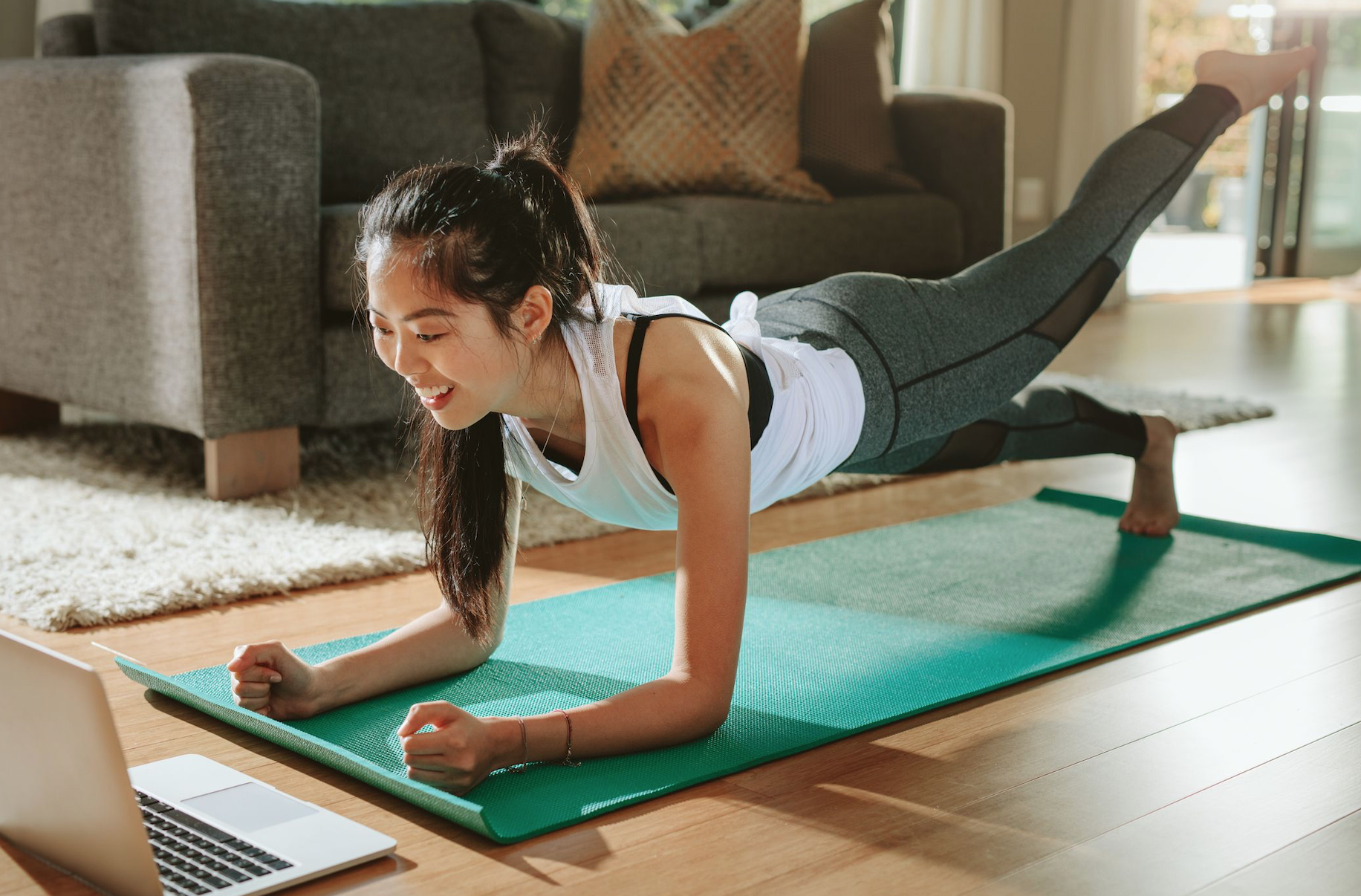With much of life put on hold due to the outbreak of COVID-19, establishing a sense of normalcy in our new reality can be a difficult task. Social distancing, gym closures, and a pause from sports may be tempting signs for you to spend the day binge-watching Netflix, but the reality is that exercise is beneficial not only for our physical health, but for our mental health as well.
With the absence of many of our normal routines, we are already losing much of the activity we may not have been aware we were getting each day. Being confined to our homes for long periods of time without our normal routines can make it difficult to remain physically active, and researchers have repeatedly found that sedentary behavior increases the risk of obesity, heart disease, diabetes, and feelings of depression and anxiety.
In a time of heightened stress and mental health challenges amongst citizens, exercise is particularly important, as it results in many benefits including higher quality sleep, lower risk of heart disease, improved cognition, less weight gain, fewer symptoms of anxiety and depression, a better immune function, and a better quality of life and sense of overall well-being.
Dr. Zhaoping Li, chief of the Division of Clinical Nutrition at UCLA, told USA TODAY that she worries quarantine has caused people to neglect healthy habits by watching too much television, not getting enough sleep, or not being active in their homes during the coronavirus pandemic.
“This is the time people need to do more active things, not just sit around. Take this opportunity to do self examination, self inspection, and self care. This is the time we’ll have no excuse to say, ‘I’m too busy,’” said Li.
Especially in isolation, it can be difficult to find the motivation to incorporate physical activity into daily routines. However, it’s important to keep in mind that any type of movement can only help and there is no need to overdo it when it comes to working out. Dani Johnson, a physical therapist at the Mayo Clinic Healthy Living Program, told the New York Times she encourages people stuck at home to come up with creative ways to stay active.
“Every little bit of movement counts. So when we’re confined to our home, move, move, move,” she said.
The American Heart Organization recommends that children between ages three and seventeen get at least sixty minutes of moderate to vigorous physical activity per day, and adults get at least 150 minutes of moderate-intensity aerobic activity or 75 minutes of vigorous aerobic activity, or a combination of both, throughout the week. Taking short breaks throughout the day for movement can also help fulfill weekly recommendations. The World Health Organization recommends standing up instead of sitting whenever possible in order to decrease sedentary time.
According to the American Heart Organization, examples of moderate-intensity aerobic activities include brisk walking (at least two and a half miles per hour), gardening, and biking less than ten miles per hour. These activities increase heart rate but don’t induce much fatigue.Vigorous intensity activities require more effort and typically make one sweat or become short-winded. These activities include running, hiking uphill with a heavy backpack, swimming laps, jumping rope, and biking at more than ten miles per hour.
In addition to basic aerobic movement, there are many other ways to stay fit during quarantine without fancy equipment. The internet, online streaming services, and the app stores are filled with free or low-cost options for people of all athletic abilities, and many of these activities can be done right at home. Creating friendly exercise challenges with friends or holding virtual workout sessions over Zoom are effective ways to maintain accountability and have fun being active.
It is never too late to develop healthy movement habits, and all one has to do is incorporate movement into their daily routine. Exercise and physical activity are always important, but in this time of uncertainty they are especially vital to staying healthy in body and mind.

